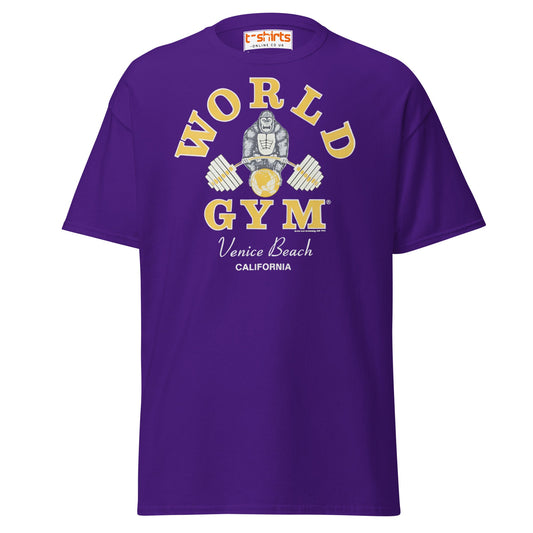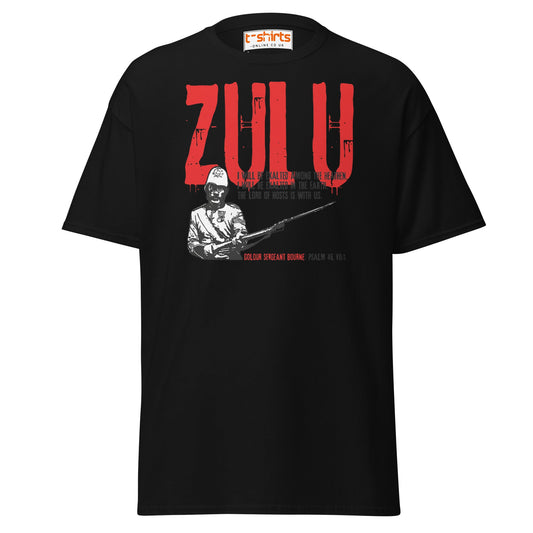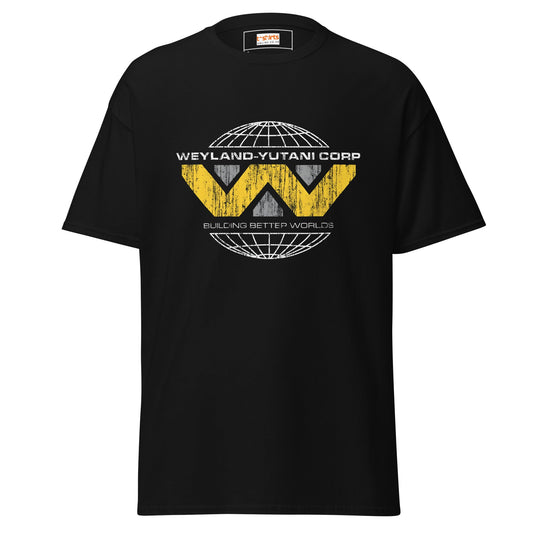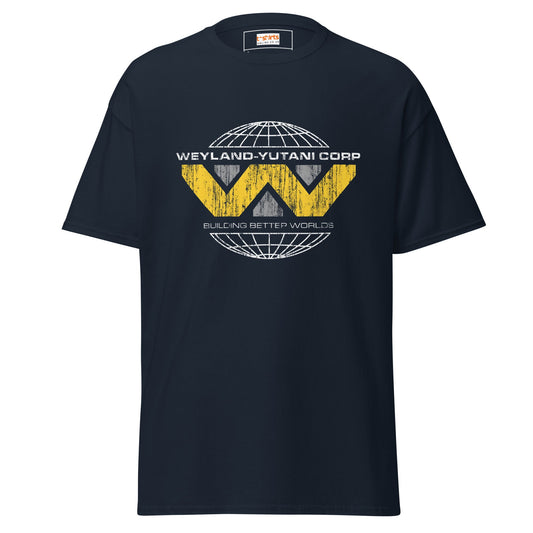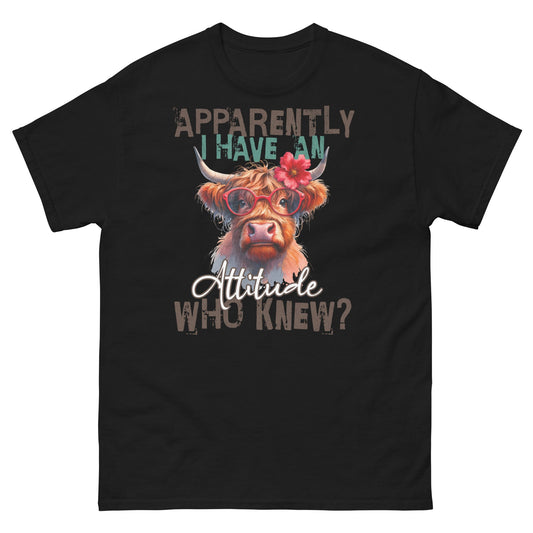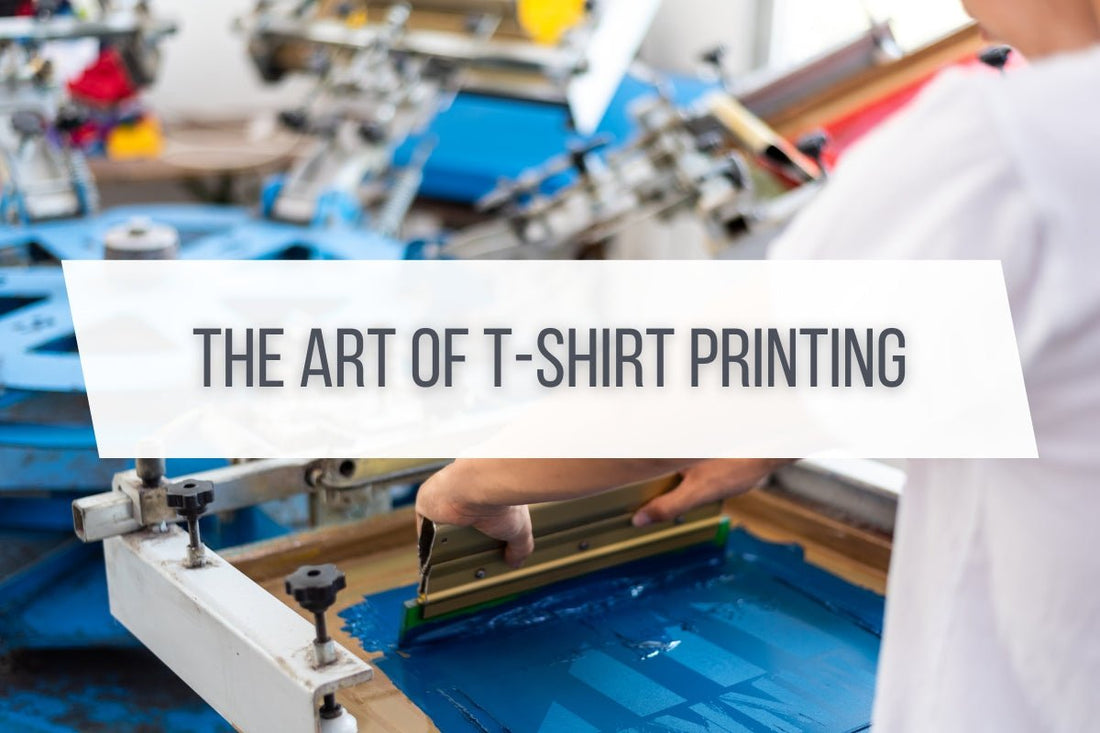
The Art of T-Shirt Printing: Exploring Different Methods and Techniques
T-shirt printing has come a long way from simple hand-painted designs to cutting-edge digital printing techniques. Whether you're an aspiring designer, business owner, or simply a t-shirt enthusiast, understanding the different methods of t-shirt printing can help you choose the right technique for your design, brand, or personal style. In this post, we’ll break down the most popular t-shirt printing techniques, their benefits, and when to use them. Ready to dive into the world of t-shirt printing? Let’s get started!
1. Screen Printing: Classic, Durable, and Popular
Screen printing is one of the oldest and most widely used methods of t-shirt printing. It's known for its durability and vibrant colors, making it a top choice for bulk orders and designs that need to last.
How It Works:
In screen printing, a stencil (or screen) is created for each color in the design. Ink is pushed through the screen onto the fabric using a squeegee. This process is repeated for each color layer, resulting in a rich, long-lasting print.
Best For:
-
Bulk orders
-
Simple designs with limited colors
-
Durable, high-quality prints that will last through many washes
Pros:
-
Ideal for large quantities
-
Very durable and vibrant prints
-
Cost-effective for high-volume orders
Cons:
-
Not ideal for complex designs with many colors
-
Higher setup costs for small runs
2. Direct-to-Garment (DTG) Printing: The Digital Revolution
DTG printing has revolutionized the t-shirt printing industry by allowing designers to print detailed, full-color images directly onto fabric using a specialized printer.
How It Works:
A DTG printer works much like an inkjet printer, spraying water-based ink directly onto the fabric. This method allows for incredibly intricate designs and seamless blending of colors.
Best For:
-
Small orders or one-offs
-
Detailed, full-color designs
-
Photorealistic prints
Pros:
-
No setup costs, making it ideal for small runs
-
Supports complex, multi-color designs
-
Quick turnaround time
Cons:
-
Less durable than screen printing
-
More expensive per unit for large quantities
3. Heat Transfer Printing: Versatile and Affordable
Heat transfer printing is one of the most versatile methods, making it a popular choice for custom t-shirts. It involves transferring a design onto the fabric using heat and pressure.
How It Works:
A design is printed onto a special transfer paper, and then the image is transferred to the t-shirt using a heat press. The heat and pressure cause the ink to bond with the fabric.
Best For:
-
Custom, small orders
-
Designs with multiple colors and intricate details
-
Personalized t-shirts and custom gifts
Pros:
-
Can be used on a variety of fabrics and colors
-
Great for small runs or one-off designs
-
Easy to apply to cotton and polyester blends
Cons:
-
Can wear off over time, especially after many washes
-
Not as durable as screen printing
4. Vinyl Printing: Bold and Long-Lasting
Vinyl printing is another popular method, especially for creating bold designs that require sharp edges and long-lasting results. This technique is commonly used for sportswear, team uniforms, and logos.
How It Works:
Vinyl printing involves cutting a design out of a special vinyl material and then applying it to the t-shirt using heat. The result is a crisp, clean design that feels smooth to the touch.
Best For:
-
Simple designs, logos, and text
-
Personalized designs for names and numbers
-
Small to medium runs
Pros:
-
Very durable and resistant to wear
-
Great for bold, single-color designs
-
Quick application
Cons:
-
Not ideal for intricate designs or gradients
-
Limited color range (since each design is cut from vinyl)
5. Sublimation Printing: Perfect for Polyester Fabrics
Sublimation printing is a popular method for creating vibrant, full-color designs, especially on polyester fabrics. The ink bonds directly with the fabric fibers, resulting in designs that won’t fade or peel.
How It Works:
In sublimation, the design is printed onto special transfer paper and then applied to the fabric using heat. The heat causes the ink to turn into gas and bond with the polyester fibers.
Best For:
-
Polyester-based t-shirts and apparel
-
Full-color, all-over prints
-
Unique designs with vibrant colors
Pros:
-
Colors are vibrant and long-lasting
-
No feeling of print on the fabric—everything is absorbed
-
Great for all-over prints
Cons:
-
Only works on synthetic fabrics like polyester
-
Not ideal for dark-colored fabrics (works best on light or white)
6. Embroidery: Classic and Textured
While not technically a "printing" method, embroidery is often used for high-end custom t-shirts and apparel. Embroidery adds texture to the design, creating a sophisticated and professional look.
How It Works:
Embroidery uses a needle and thread to stitch the design directly onto the fabric. It's perfect for logos, monograms, and simple designs that need a professional touch.
Best For:
-
Logos and text-based designs
-
High-end, durable designs
-
Corporate or team uniforms
Pros:
-
Very durable and long-lasting
-
Professional, high-quality look
-
Great for small, simple designs (logos or monograms)
Cons:
-
Not ideal for intricate or multi-colored designs
-
More expensive than printing methods for small runs
Choosing the Right Method for Your Design
The method you choose for printing t-shirts depends on several factors: the design itself, the number of t-shirts you need, your budget, and the type of fabric. Here’s a quick rundown:
-
For high-quality, long-lasting designs in bulk: Screen printing is your best bet.
-
For detailed, full-color designs in small runs: DTG printing is ideal.
-
For affordable, one-off custom designs: Heat transfer printing is a versatile choice.
-
For bold, durable designs: Vinyl printing is perfect.
-
For vibrant, all-over prints on polyester: Sublimation printing excels.
-
For professional, textured designs: Embroidery adds a touch of class.
Final Thoughts
Whether you're creating custom t-shirts for a team, starting your own clothing brand, or just designing a fun one-off shirt for yourself, understanding the various t-shirt printing techniques will help you make an informed choice. Each method has its own set of advantages and limitations, so it's important to select the right one for your specific needs.


